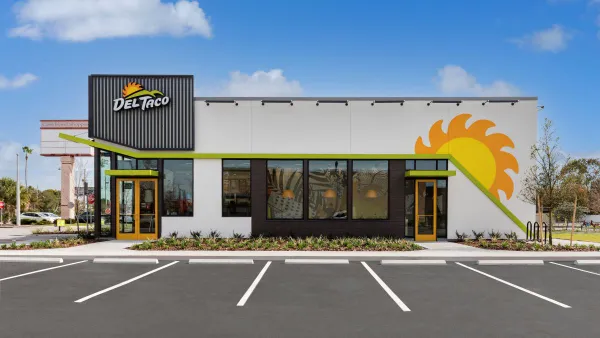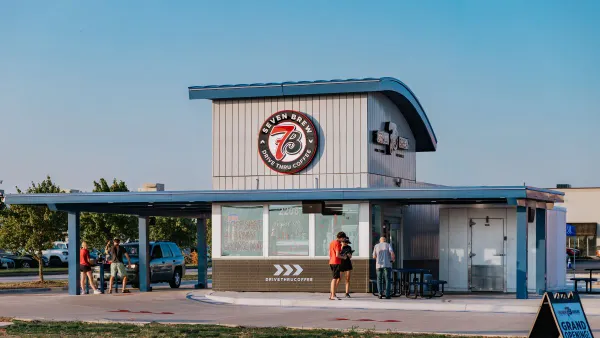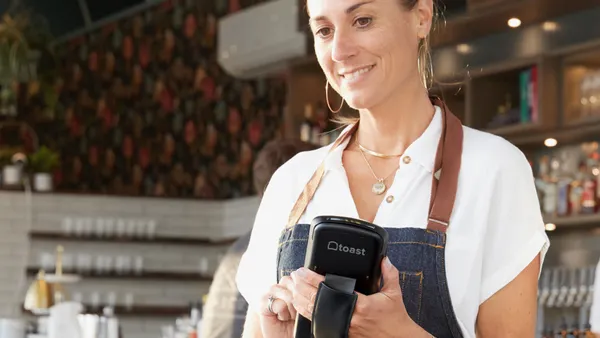Dive Brief:
- Brinker International teamed up with Java Star and HMSHost to open its first Maggiano’s airport location in the busiest terminal of Dallas/Fort Worth International. The 225-seat restaurant boasts a modern kitchen — “large for an airport location,” said HMSHost in a release — equipped to handle dining rushes and offers grab-and-go sandwiches and pastas. A bar separates two large dining areas.
- Maggiano’s serves large, family-style plates at its 52 standalone restaurants and will offer a similar menu in Dallas, which will also feature single-serve portions for solo travelers.
- Headquartered in Dallas, Brinker also owns Chili’s, 17 of which are operated by HMSHost in airports across the U.S. DFW served 67 million customers last year.
Dive Insight:
It’s not as easy for any old restaurant to permeate the convoluted, high-security system of airports, but many smaller restaurant groups and independent businesses agree it can be worth the hassle and higher costs. Rents can average 12% of gross sales, according to Eater, but the real estate comes with a built-in captive audience that might also visit brick-and-mortar restaurants during their stay.
HMSHost built its empire in those transient spaces, operating in more than 120 airports and 100 travel plazas throughout the U.S. and Canada. It has found success by partnering with national brands including California Pizza Kitchen, Tim Hortons and Chili’s Too and with celebrity chefs such as Hugo Ortega, Todd English and David Burke.
The chef connections have nurtured relationships with local restaurant communities, allowing independent businesses and entrepreneurs to permeate the convoluted airport system. In Chicago, for instance, travelers can find Rick Bayless’s famous Tortas Frontera in multiple terminals and The Publican’s award-winning charcuterie, which took three years to open. The restaurant had to alter sourcing for certain ingredients and was only able to spend four weeks training staff to prepare their food the way their chefs do in the original restaurant.
Airports have long been maligned for terrible food, made possible by a lack of competition and a reliance on one-time-only customers. Dining rooms and kitchens tend to be short on space, making for tight tables full of rushed diners and small kitchens that can produce a finite variety of dishes. Consumers have also extended their expectation of better food in more convenient packages, especially in the form of fast-casual fare, to airports. Farmers markets concepts in particular have taken off as a healthier grab-and-go alternatibve to the McDonald’s of airports everywhere.
The demand for higher-quality food has also led airports to intertwine local brands with the national names that dominated airports in the ‘80s and early ‘90s. Local restaurants comprised up to 40% of an airport’s offerings in 2012, according to QSR, led by San Francisco International at 85%. The local push also buoyed sales by 55% that year, or an average of $6.85 per customer.
Though quality control can pose headaches for restaurant brands big and small in airports, Maggiano's family-oriented space and hearty Italian-American fare meets major consumer demand, and could help it differentiate from competitors in DFW.











